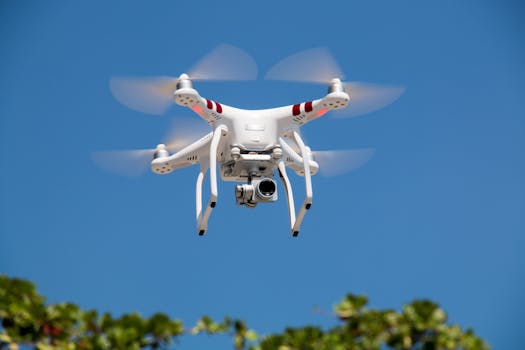Exploring the World of GEO Satellites – Discovering the Wonders of Geostationary Orbit
GEO satellites, orbiting the Earth at an altitude of approximately 36,000 kilometers, play a crucial role in modern telecommunications, weather forecasting, and navigation. This article delves into the world of GEO satellites, exploring their history, applications, and significance in the modern era.

GEO Satellites: Introduction to Geostationary Orbit
GEO satellites, or Geostationary satellites, are a type of satellite that orbits the Earth at an altitude of approximately 36,000 kilometers above the equator. At this height, the satellite’s orbital period matches the Earth’s rotational period, allowing it to remain stationary relative to a fixed point on the Earth’s surface. This unique characteristic makes GEO satellites ideal for a variety of applications, including telecommunications, weather forecasting, and navigation.
The concept of GEO satellites was first proposed by science fiction writer Arthur C. Clarke in 1945. However, it wasn’t until the 1960s that the first GEO satellite, Syncom 2, was launched. Since then, numerous GEO satellites have been launched, with many more planned for the future. Today, GEO satellites play a vital role in modern telecommunications, providing services such as television broadcasting, internet connectivity, and mobile phone networks.
Applications of GEO Satellites
GEO satellites have a wide range of applications, including telecommunications, weather forecasting, navigation, and Earth observation. In the field of telecommunications, GEO satellites are used to provide television broadcasting, internet connectivity, and mobile phone networks. They are also used for weather forecasting, providing images of cloud patterns, storms, and other weather phenomena. Additionally, GEO satellites are used for navigation, providing location information and timing signals for GPS and other navigation systems.
In addition to these applications, GEO satellites are also used for Earth observation, providing images of the Earth’s surface and monitoring environmental changes. They are also used for scientific research, studying the Earth’s atmosphere, oceans, and land surfaces. Furthermore, GEO satellites are used for military and defense applications, providing communications, navigation, and surveillance capabilities.
Significance of GEO Satellites in the Modern Era
GEO satellites have become an essential part of modern life, providing critical services and applications that we rely on daily. They have revolutionized the way we communicate, access information, and navigate our surroundings. With the increasing demand for satellite services, the number of GEO satellites in orbit is expected to grow, providing even more opportunities for innovation and development.
In conclusion, GEO satellites are a vital component of modern telecommunications, weather forecasting, and navigation. Their unique characteristics, applications, and significance in the modern era make them an essential part of our daily lives. As technology continues to advance, we can expect to see even more innovative applications of GEO satellites in the future.
Future of GEO Satellites
The future of GEO satellites looks promising, with advancements in technology and the increasing demand for satellite services. New satellite constellations, such as OneWeb and Amazon’s Kuiper Systems, are being developed to provide global internet coverage and other services. Additionally, the development of new propulsion systems and satellite designs is expected to improve the efficiency and sustainability of GEO satellites.
However, the growing number of GEO satellites in orbit also raises concerns about space debris and the environmental impact of satellite operations. As the satellite industry continues to grow, it is essential to develop sustainable practices and regulations to mitigate these risks and ensure the long-term viability of GEO satellites.
